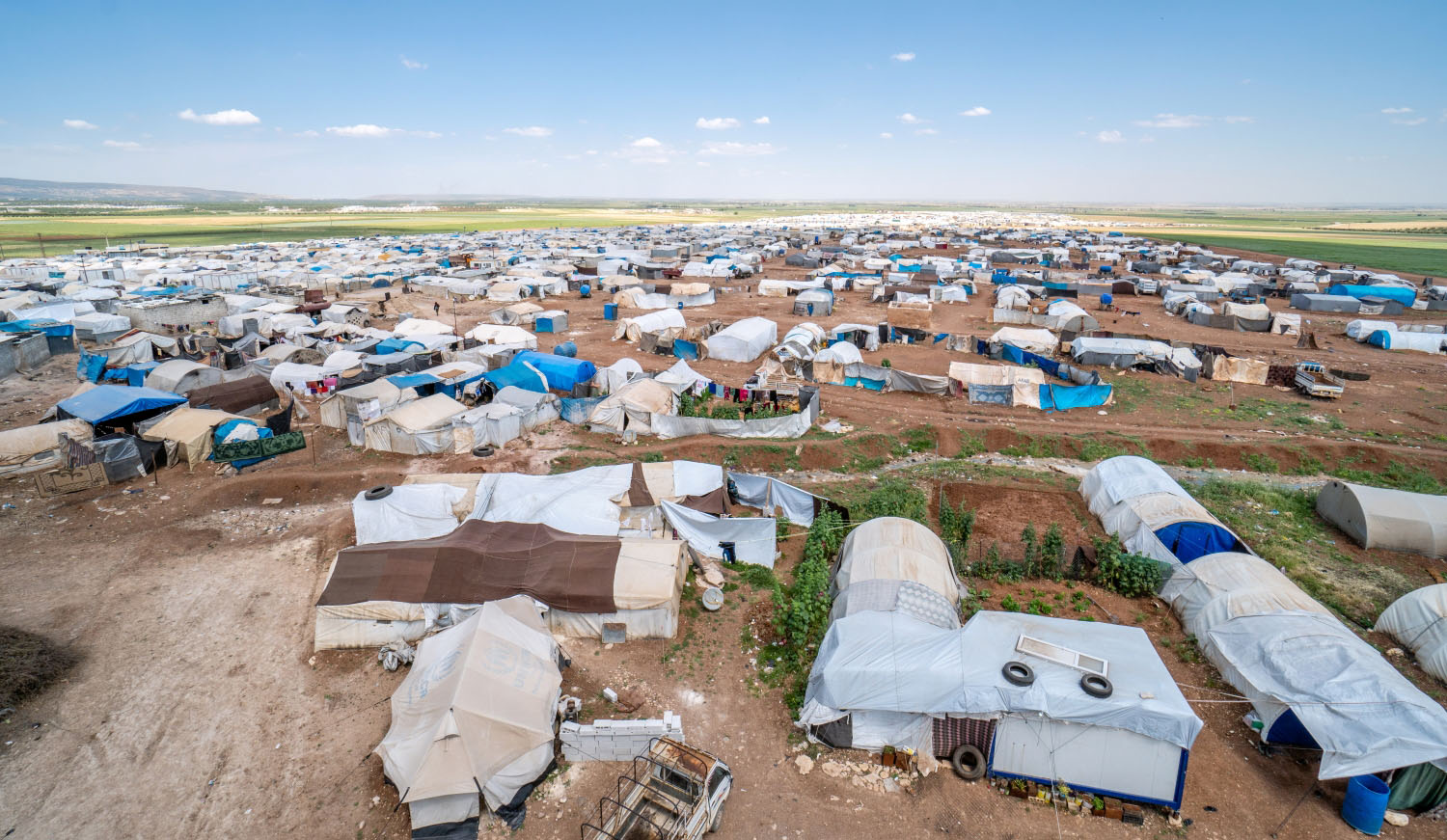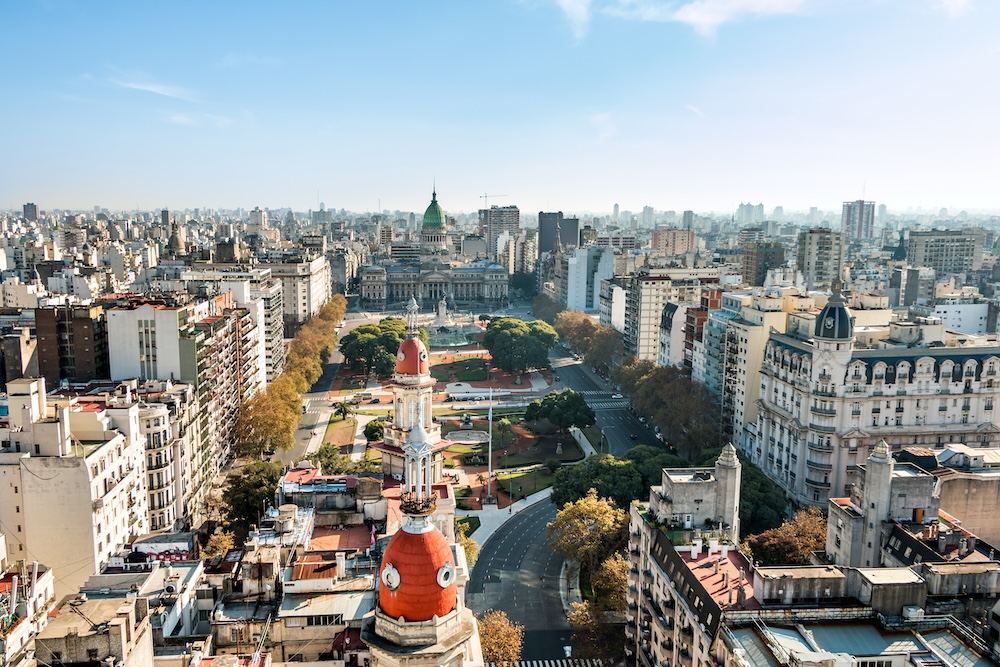The firestorm of events across the Middle East over the past few days can't be explained by long-term development factors: the link between politics and economic development (or lack thereof) is complex in the extreme. Still, the staggering lack of opportunities for young people, especially young entrepreneurs without political connections, is clearly an important part of the mix. That includes people like Mohamed Bouazizi, the 26 year old whose self-immolation sparked the protests which brought down Tunisia’s president, and which in turn set off the remarkable events unfolding in Egypt.The Middle East has witnessed an incredible expansion of both youth populations and education over the past twenty years. Fully two thirds of the region’s population is below 24 years old. Tertiary enrollment in the Egypt has climbed from 14 to 28 percent since 1990, and in Tunisia from 8 to 34 percent. Cairo University alone has around 200,000 students.But while educational opportunities abound, jobs do not. Unemployment among 15-24 year olds in the Middle East and North Africa is the highest of any region in the world, averaging more than 25 percent. In Egypt in 2005 that number was 34%, in Tunisia it was 31%. One big reason is anemic private sector growth. And behind weak private sector performance is exactly the kind of favoritism that drove Mr. Bouazizi to desperation.Before coming to CGD, I worked in the Middle East and North Africa department of the World Bank for a year—not nearly long enough to become any kind of expert, but long enough to meet some. A report by some of my more seasoned colleagues looked at the region’s private sector in some depth. It noted that while Egypt might have been one of the top ten performers on the bank’s own Doing Business reform measures in recent years and other countries in the region were also rising up the rankings, there was a big gap between de jure reforms and de facto implementation:
“Firms in MENA are much older than in other parts of the world… Business managers are also older than elsewhere. Incumbent firms face less competition. Except in South Asia, fewer registered firms per capita are found in MENA... These are all symptoms of a discriminatory business environment that prevents the entry and exit of firms… the networks of privileges and the nexus between politics and business hurt the credibility of governments and reformers in particular. The perception that connections are an important source of competitiveness (some say the most important) discourages many would-be entrepreneurs…The large proportion of entrepreneurs… believe that rules and regulations will not be consistently and predictably applied explains why policy reforms may not have a strong response from investors.”With good private sector jobs mostly limited to the few companies with political connections and government jobs largely the preserve of an older generation, there weren’t many places for young graduates to go but onto the streets. Given that, few in the Middle East or North Africa will have been surprised that frustrations have boiled over –even if the scale and early success of the protests has shaken regional leaders from the Atlantic to the Arabian Sea.Nic van De Walle suggests term limits for heads of state would do the region a power of good. Perhaps the same should apply to the employees and managers of privileged private firms and state-owned enterprises. His CGD book, Overcoming Stagnation in Aid Dependent Countries, Nic argues that withholding aid can be a powerful lever for change—when countries are aid dependent. But it’s hard for me to see the crisis in the region as mostly a story about aid.Net Official Development Assistance (ODA) amounted to just 4% of central government expenditure in Tunisia in 2008 according to the World Development Indicators. It’s true that in Egypt in 1990, net ODA accounted for 36 percent of government expenditures. But by 2008, that figure was 3 percent. That year, ODA and other aid to Egypt was worth only 11 percent of tourist receipts or fourteen percent of manufactures exports. And while Mubarak received a range of other types of diplomatic and military support from the United States, there are a number of long-lasting dynasties in the region that aren’t on the friends list of any major donor.In Pakistan, like Egypt a big U.S. aid recipient that doesn’t always do what Washington would like, Nancy Birdsall emphasizes that billions of dollars in American aid can’t even guarantee the passage of fairly basic economic reforms—let alone fundamentally change the calculus of a political leader struggling to hold onto power.All of which suggests that what happens next is in the hands of the leaders and people of the region, not the diplomats and foreign officials who are watching from afar.Thanks to Wren Elhai for adding to this blog post.
Disclaimer
CGD blog posts reflect the views of the authors, drawing on prior research and experience in their areas of expertise. CGD is a nonpartisan, independent organization and does not take institutional positions.





